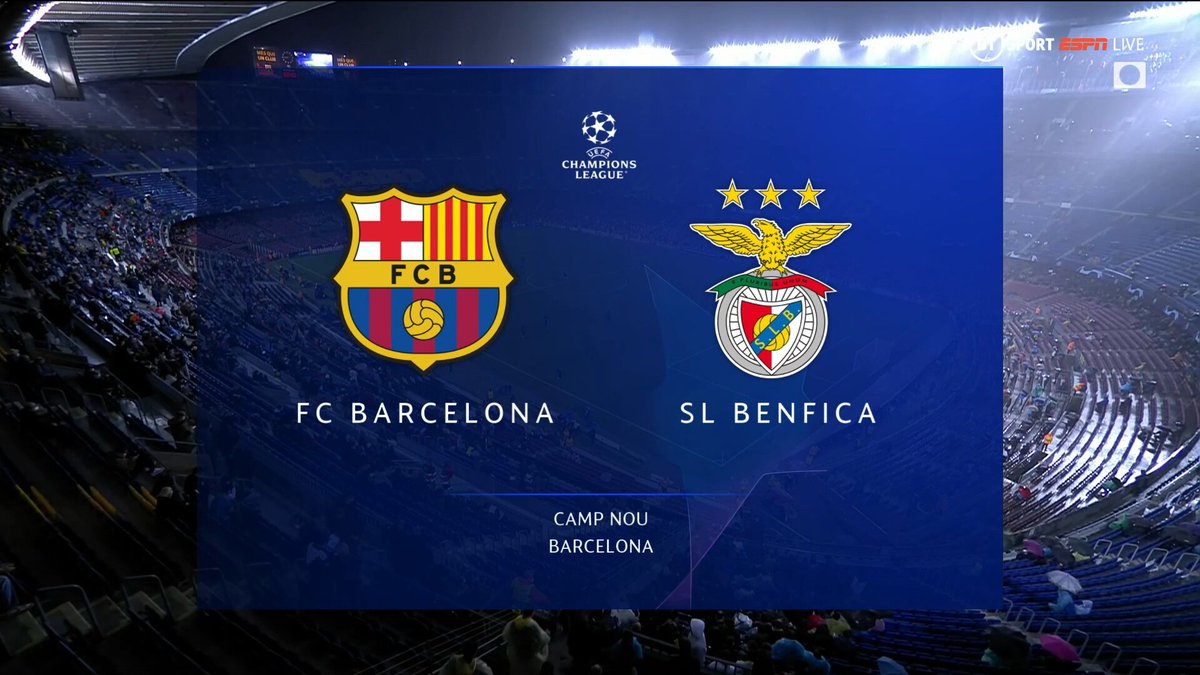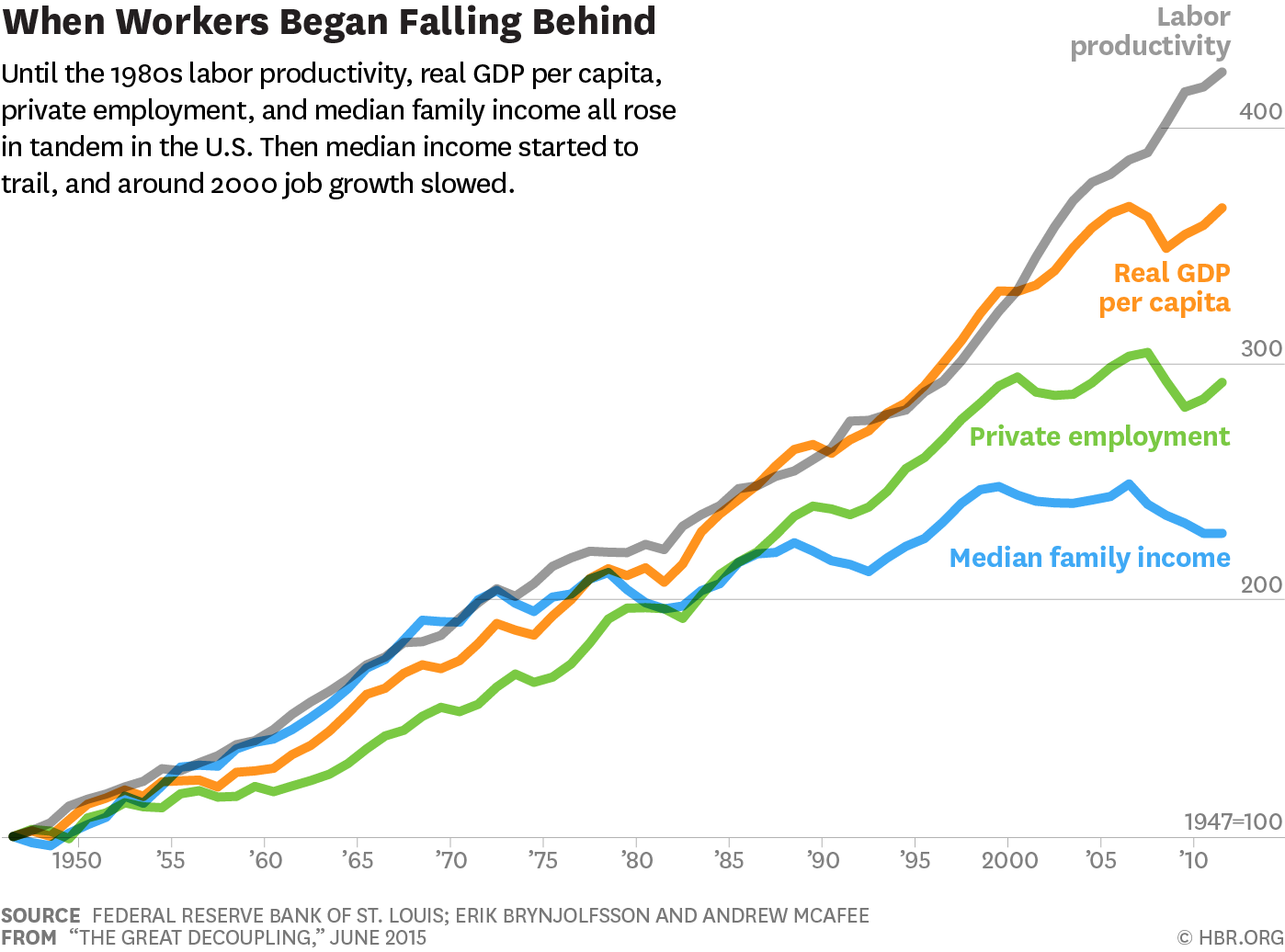Beyond Saving Private Ryan: A Historian's Guide To Authentic WWII Cinema

Table of Contents
Assessing Authenticity: Criteria for Judging WWII Films
Historians evaluate the historical accuracy of WWII films using several key criteria. A truly authentic portrayal goes beyond spectacle and delves into the intricate details that shape a believable representation of the past.
Accuracy of Military Uniforms, Equipment, and Tactics
Accurate depiction of military details is paramount. Inaccurate uniforms, weapons, or tactical maneuvers can detract from the film's credibility and distort viewers' understanding of the war.
- High Accuracy Examples: A Bridge Too Far meticulously recreates the Operation Market Garden, showcasing accurate uniforms and equipment of various Allied forces. Similarly, Das Boot provides a realistic portrayal of U-boat warfare, down to the technical details of the submarine and crew procedures.
- Inaccuracies and Their Impact: Conversely, films with inaccurate details can mislead audiences. For example, anachronistic weapons or incorrect uniform insignia can undermine the film's historical value, potentially creating a false impression of the war's reality. This diminishes the learning experience and impacts viewer engagement with historical events.
Realistic Portrayals of Combat and Casualties
Authentic WWII cinema doesn't shy away from depicting the brutality and realities of war. This includes realistically portraying the physical and psychological toll on soldiers.
- Effective Portrayals of Psychological Toll: Films like Come and See offer a harrowing depiction of the Eastern Front, showcasing the psychological trauma inflicted by war, whilst The Thin Red Line powerfully illustrates the moral and emotional dilemmas faced by soldiers.
- Ethical Considerations: The ethical considerations of depicting violence are crucial. While showing the harsh realities of war is necessary, it's vital to do so responsibly, avoiding gratuitous violence and focusing on the human impact of conflict. The goal is to educate and create empathy, not to desensitize.
Historical Context and Geopolitical Factors
Understanding the broader historical context and geopolitical factors is essential for any authentic portrayal of WWII. The war wasn't fought in isolation; it was deeply intertwined with political alliances, ideologies, and global power struggles.
- Effective Contextualization: Dunkirk masterfully portrays the historical context of the evacuation, emphasizing the urgency and scale of the operation within the larger conflict. Downfall provides insight into the final days of Nazi Germany, offering a glimpse into the political and ideological forces that led to the war's conclusion.
- Propaganda and National Narratives: It's important to be aware of the influence of propaganda and national narratives on historical portrayals. Many films reflect the biases and perspectives of their creators and the nations they represent. Critical viewers should analyze films with this in mind.
Beyond the Battlefield: Exploring Diverse Perspectives in Authentic WWII Cinema
Authentic WWII cinema goes beyond the typical combat narrative to encompass the diverse experiences of those affected by the war, offering a richer understanding of the conflict's complexities.
The Home Front and Civilian Experiences
Understanding the war's impact on civilians is crucial for a complete picture. Films that accurately portray life on the home front help contextualize the broader human cost of conflict.
- Examples of Civilian Life: Europa Europa showcases the struggles of a young Jewish boy who hides his identity in Nazi Germany. The Book Thief beautifully depicts the challenges and resilience of ordinary civilians in Nazi-occupied Germany.
- Challenges of Authentic Representation: Accurately representing civilian experiences is challenging. The diverse experiences of civilians—ranging from fear and hardship to resistance and collaboration—need sensitive and nuanced portrayals.
Perspectives from Different Nations
Exploring films from various nations involved in WWII offers critical counterpoints to dominant Allied perspectives. This highlights the global nature of the conflict and provides a more complete picture.
- International Perspectives: Come and See (Soviet Union) presents the brutal reality of the Eastern Front from a Soviet perspective. Grave of the Fireflies (Japan) illustrates the devastating impact of the war on Japanese civilians.
- Importance of Diverse Representation: Understanding the war's global impact necessitates diverse representation. These films provide critical insight into the experiences of those outside the dominant narratives often presented in Western cinema.
Underrepresented Voices and Stories
Authentic WWII cinema must include the stories of marginalized groups, providing a more complete and nuanced understanding of the war.
- Examples of Underrepresented Voices: Numerous films now explore the experiences of women in the war effort, the contributions of minority groups to the Allied cause, and the activities of resistance fighters across occupied Europe.
- Inclusive Storytelling: Inclusive storytelling is crucial for understanding the war's full scope. These perspectives enrich our understanding of the conflict and its lasting legacy.
Recommended Films for a More Authentic WWII Viewing Experience
This curated list provides a starting point for exploring authentic WWII cinema. These films, categorized by theme, offer diverse perspectives and prioritize historical accuracy.
- Eastern Front: Come and See, Enemy at the Gates
- Pacific Theater: Flags of Our Fathers, Letters from Iwo Jima
- Resistance Movements: Anthropoid, Defiance
- Home Front: The Book Thief, Europa Europa
- Submarine Warfare: Das Boot
(Note: Links to IMDB or similar databases would be included here in a published article.)
Conclusion
This exploration of authentic WWII cinema has highlighted the importance of moving beyond simplistic narratives. A critical approach focusing on historical accuracy, nuanced portrayals, and diverse perspectives allows for a richer and more comprehensive understanding of World War II. Continue your journey into a deeper understanding of this pivotal historical period by exploring the recommended films and discovering even more examples of authentic WWII cinema. Seek out films that prioritize historical accuracy and challenge conventional narratives to enrich your knowledge and appreciation for this crucial moment in history.

Featured Posts
-
 Is This Black Rock Etf The Next Billionaire Investment Opportunity A 110 Growth Projection For 2025
May 08, 2025
Is This Black Rock Etf The Next Billionaire Investment Opportunity A 110 Growth Projection For 2025
May 08, 2025 -
 Watch Live Inter Vs Barcelona Uefa Champions League Football
May 08, 2025
Watch Live Inter Vs Barcelona Uefa Champions League Football
May 08, 2025 -
 A Rogue One Actors Surprising Take On A Popular Character
May 08, 2025
A Rogue One Actors Surprising Take On A Popular Character
May 08, 2025 -
 Brasileirao Dupla De Arrascaeta Garante Vitoria Do Flamengo Contra O Gremio
May 08, 2025
Brasileirao Dupla De Arrascaeta Garante Vitoria Do Flamengo Contra O Gremio
May 08, 2025 -
 What Is The Great Decoupling And Why Does It Matter
May 08, 2025
What Is The Great Decoupling And Why Does It Matter
May 08, 2025
